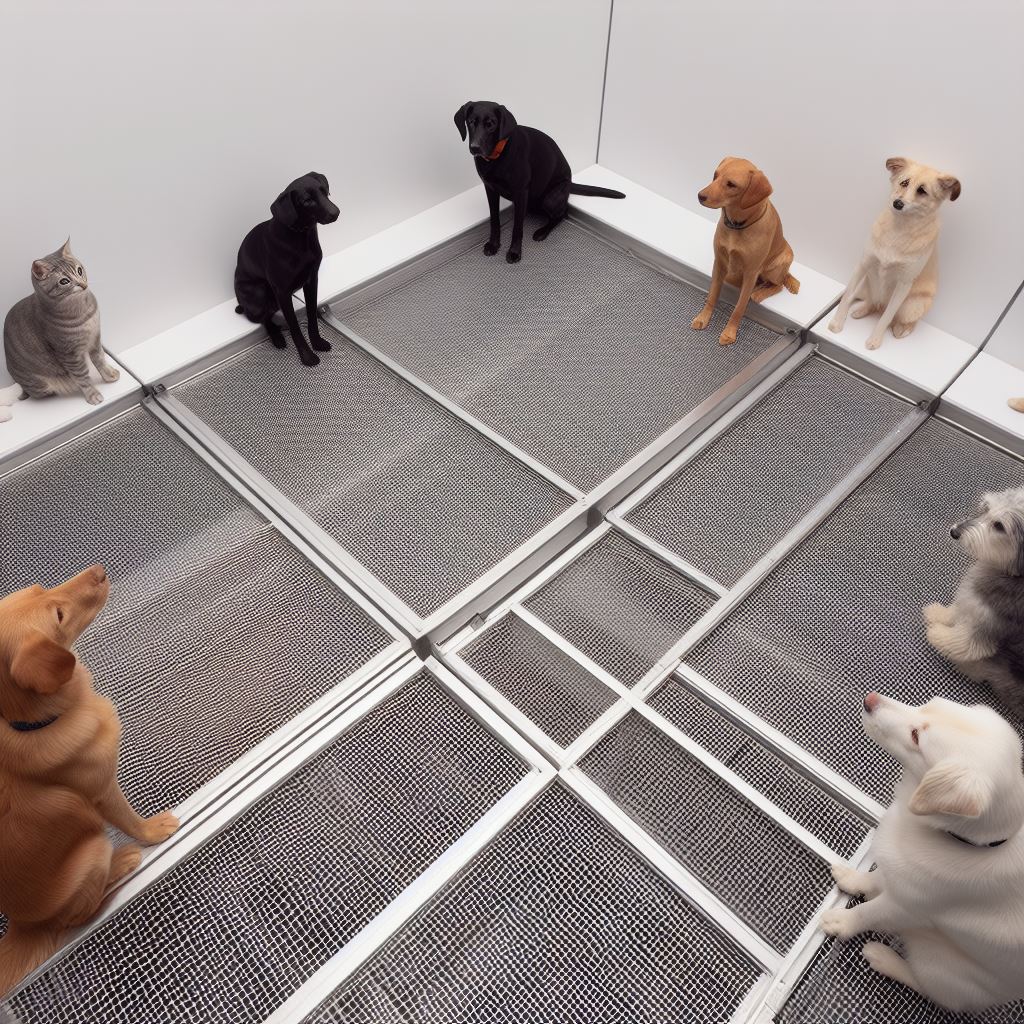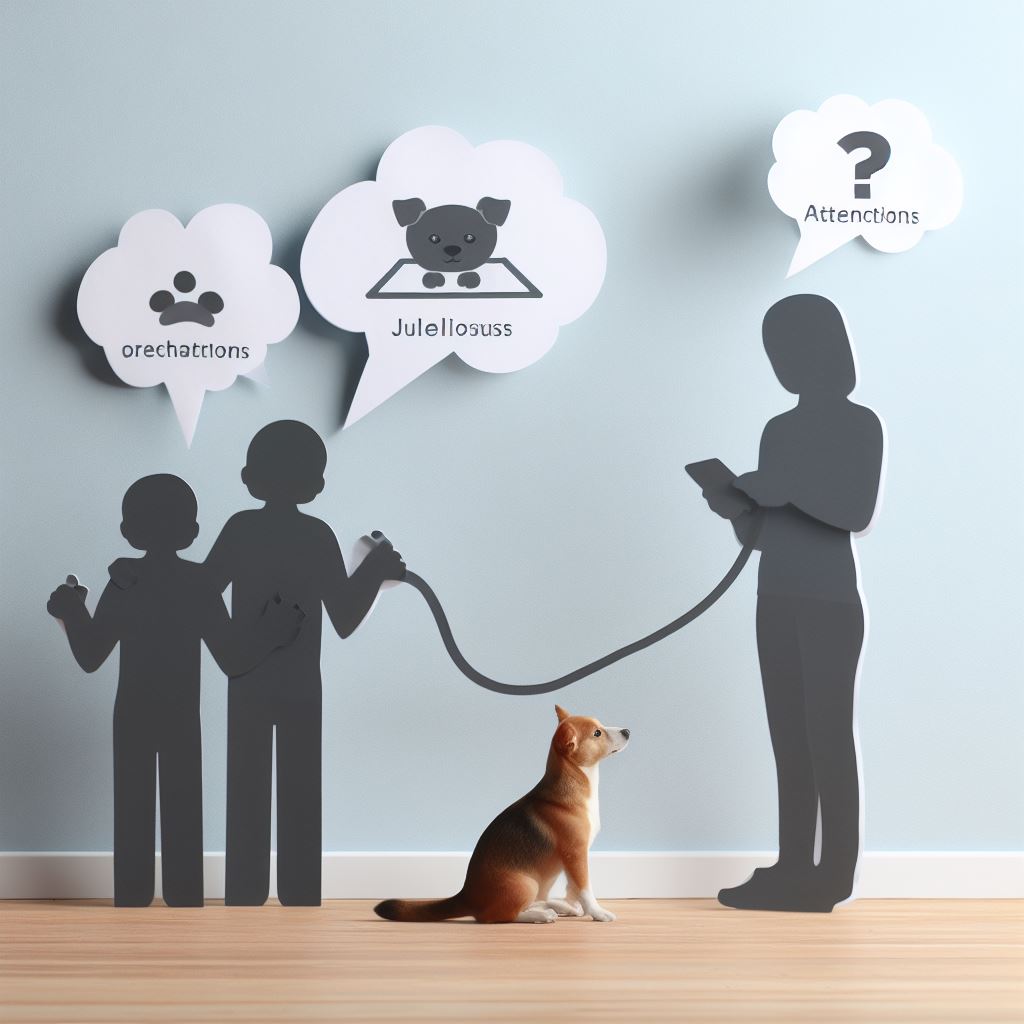Pet Siblings: Introducing New Animals to Your Household
Create a harmonious multi-pet household with our comprehensive guide. From assessing pet personalities to addressing common challenges, this guide helps you introduce new pets successfully. Explore the world of pet siblings today
Table of Contents
Introduction:
- Welcoming New Pets to Your Household – Pet Siblings
Considerations Before Introducing New Pets:
- Assessing Your Current Pet’s Personality
- Researching the New Pet’s Breed and Needs
The Step-by-Step Introduction Process:
- The Initial Meeting
- Supervised Interactions
- Gradual Integration
Common Challenges and How to Address Them:
- Jealousy and Attention-Seeking Behavior
- Territorial Issues
- Aggression and Fighting
Signs of a Successful Introduction
Ongoing Management and Care:
- Keeping the Peace
- Ensuring Individual Attention
Conclusion:
- A Lifetime of Love and Companionship – Pet Siblings
Key Takeaways:
- An In-Depth Recap – Pet Siblings
Frequently Asked Questions (FAQs):
- Addressing Your Concerns – Pet Siblings
Additional Resources and Expert Insights – Pet Siblings
Your Pet Introduction Journey Begins – Pet Siblings

Introduction
Welcoming a new pet into your home can be a heartwarming experience, but introducing them to your existing furry family members, often referred to as “pet siblings,” requires careful planning and consideration. This extensive guide will walk you through the process of introducing new animals to your home, ensuring a harmonious coexistence among your current pets and the new addition.
Considerations Before Introducing New Pets
Assessing Your Current Pet’s Personality
Before bringing a new pet into your home, it’s essential to understand your current pet’s personality and temperament. Are they social, territorial, or independent? This knowledge will help you choose a new pet that complements their disposition.
Researching the New Pet’s Breed and Needs
Different breeds have varying characteristics and requirements. Extensive research into the breed of your new pet is crucial to ensure compatibility with your existing pet and your family’s lifestyle.
The Step-by-Step Introduction Process
The Initial Meeting
The first introduction is a critical milestone. Allow your pets to meet in a neutral, controlled environment. Observe their reactions and ensure they are calm and curious rather than aggressive.
Supervised Interactions
During the initial days, keep interactions between your pets supervised. Correct undesirable behavior promptly and reward positive interactions.
Gradual Integration
Gradually increase the time your pets spend together. Provide separate spaces and resources like food bowls, toys, and resting areas to minimize conflicts.
Common Challenges and How to Address Them
Jealousy and Attention-Seeking Behavior
Some pets may display jealousy or attention-seeking behavior. Ensure that your current pet continues to receive individual attention and affection.
Territorial Issues
Pets can be territorial. Gradually introduce them to each other’s spaces and territories, allowing them to adjust at their own pace.
Aggression and Fighting
In the case of aggression or fighting, separate your pets and seek professional advice from a veterinarian or animal behaviorist.
Signs of a Successful Introduction
Signs of a successful introduction include relaxed body language, mutual grooming, and shared playtime. It may take time, but positive interactions are indicators of a harmonious relationship.
Ongoing Management and Care
Keeping the Peace
Maintain a peaceful environment by addressing conflicts promptly. Ensure each pet’s needs for food, exercise, and attention are met.
Ensuring Individual Attention
Continue to spend quality time with each pet individually. This reinforces your bond and prevents feelings of neglect.
Conclusion
Introducing new pets to your household can be a rewarding experience when done thoughtfully. By considering your pets’ personalities, following a step-by-step introduction process, and addressing common challenges, you can create a harmonious and loving multi-pet home.
Key Takeaways
- Understand your current pet’s temperament before introducing a new companion.
- Thoroughly research the new pet’s breed to ensure compatibility and meet its needs.
- Follow a step-by-step introduction process, starting with a controlled initial meeting.
- Be prepared to address jealousy, territorial issues, and aggression if they arise.
- Look for relaxed body language, mutual grooming, and positive interactions as signs of a successful introduction.
- Maintain a peaceful environment and ensure individual attention for each pet.
Frequently Asked Questions (FAQs)
How do I know if my current pet is ready for a new companion?
Assess your pet’s temperament and consult with a veterinarian or animal behaviorist for guidance.
What’s the best way to introduce a new dog to my resident cat?
Start with a gradual introduction in a controlled environment and supervise their interactions until they are comfortable with each other.
Can different species of pets get along, like cats and birds or dogs and rabbits?
It’s possible, but these introductions require extra caution and may not always be successful. Consult with experts for specific guidance.
My pets are fighting. What should I do?
Separate them immediately and seek professional advice to address the root cause of the conflict.
How long does it typically take for pets to adjust to each other?
The adjustment period varies but may take several weeks to a few months. Patience is key.
Expanding the Guide: Beyond Introduction – Pet Siblings
The journey of pet ownership extends far beyond the initial introduction. In this section, we will provide insights into:
- Building Strong Bonds Between Your Pets Over Time
- Tips for Managing a Multi-Pet Household Successfully
- The Role of Regular Veterinary Care and Wellness Check-Ups
- Ensuring That Each Pet’s Individual Needs Are Met
- Strategies for Dealing with Changing Dynamics as Your Pets Age

Building Strong Bonds Between Your Pets Over Time
Your pets’ relationships will continue to develop over time. Here are strategies for strengthening the bonds between them:
Group Activities
Engage your pets in group activities such as interactive play sessions or joint training exercises.
Group Rewards
Reward positive interactions between your pets with treats and praise.
Supervised Play
Regular supervised playdates can foster friendly relationships between pets.
Respect Individual Space
Ensure that each pet has its own space to retreat to when needed.
Consider Additional Pets
Over time, you may choose to add more pets to your family, expanding the circle of companionship.

Tips for Managing a Multi-Pet Household Successfully
Managing a multi-pet household can be a joyful experience with the right strategies:
Maintain Routine
Consistency in routines, feeding schedules, and playtime helps prevent conflicts.
Fair Attention
Give each pet fair attention and individual time to prevent jealousy.
Keep an Eye on Dynamics
Pay attention to changes in dynamics and address issues promptly.
Regular Veterinary Care
Schedule regular check-ups to monitor the health of all your pets.
Separate Spaces
Continue to provide separate spaces and resources for each pet.
Be Attentive to Aging Pets
As pets age, their needs change. Be attentive to these changes and adapt your care accordingly.
The Role of Regular Veterinary Care and Wellness Check-Ups
Regular veterinary care is essential for maintaining the health and well-being of your pets. Ensure that each pet receives:
Annual Check-Ups
Schedule annual wellness check-ups with your veterinarian to monitor your pets’ overall health.
Vaccinations
Stay up to date on vaccinations to protect your pets from diseases.
Dental Care
Dental health is crucial. Maintain oral hygiene with regular cleanings and at-home care.
Parasite Control
Use parasite preventatives as recommended by your veterinarian to keep your pets safe from fleas, ticks, and other pests.
Senior Pet Care
As pets age, their health needs change. Discuss senior pet care and preventive measures with your veterinarian.
Ensuring That Each Pet’s Individual Needs Are Met
Each pet is unique, with specific needs and preferences. Ensure that you address these individual requirements:
Dietary Preferences
Cater to each pet’s dietary preferences, whether it’s wet food, dry kibble, or special dietary requirements.
Exercise and Play
Tailor exercise and playtime to suit your pets’ activity levels.
Grooming and Hygiene
Consider your pets’ grooming needs, whether it’s regular brushing, nail trimming, or baths.
Environmental Enrichment
Offer toys, scratching posts, or climbing structures to meet your cats’ need for mental and physical stimulation.
Medical Conditions
Address any medical conditions with appropriate care and treatments.

Strategies for Dealing with Changing Dynamics as Your Pets Age
As your pets age, their dynamics and needs may change. Be prepared to adapt with the following strategies:
Seniors-Only Spaces
Create comfortable spaces for your senior pets to rest and enjoy peace away from more energetic companions.
Geriatric Care
Consult with your veterinarian to ensure your senior pets receive appropriate care for conditions like arthritis or kidney disease.
Support for Grief
If you experience the loss of a pet, be aware that surviving pets may grieve. Provide comfort and support during these times.
Adjusting Activity
Be prepared to adjust the activities and exercise routines for your senior pets to accommodate their changing energy levels.
Monitoring Health
Vigilantly monitor the health of your aging pets and address any issues promptly.
Conclusion: A Lifetime of Love and Companionship – Pet Siblings
As we conclude this comprehensive guide on introducing new pets to your household, it’s essential to reflect on the profound joy and companionship that pets bring to our lives. The journey of introducing new pets to your household is just the beginning of a beautiful chapter in your furry family’s story. With patience, understanding, and the right knowledge, you can create a harmonious and loving multi-pet home that enriches your life and the lives of your pets.
Key Takeaways: An In-Depth Recap – Pet Siblings
In this extensive guide, we have explored the essential aspects of introducing new pets to your household and ensuring their long-term well-being. Here’s a recap of the key takeaways:
Frequently Asked Questions (FAQs): Addressing Your Concerns – Pet Siblings
Additional Resources and Expert Insights – Pet Siblings
For further guidance and support, we provide a list of additional resources and expert insights, including books, websites, and organizations that can offer valuable information and assistance throughout your journey of pet ownership.
Your Pet Introduction Journey Begins – Pet Siblings
Introducing new pets to your household is a significant step that requires careful consideration, understanding, and dedication. With this extensive guide, we aim to equip you with the knowledge and insights needed to create a loving and harmonious multi-pet home. Your journey begins with the decision to welcome a new furry family member, and with the right approach, it’s a journey filled with joy, companionship, and a lifetime of shared memories.
Please remember that every pet and household is unique. While this guide provides comprehensive insights, the best approach to introducing pets may vary depending on individual circumstances. Your pets will undoubtedly enrich your life in countless ways, and the patience and love you invest in them will be rewarded with unconditional love and loyalty in return.






